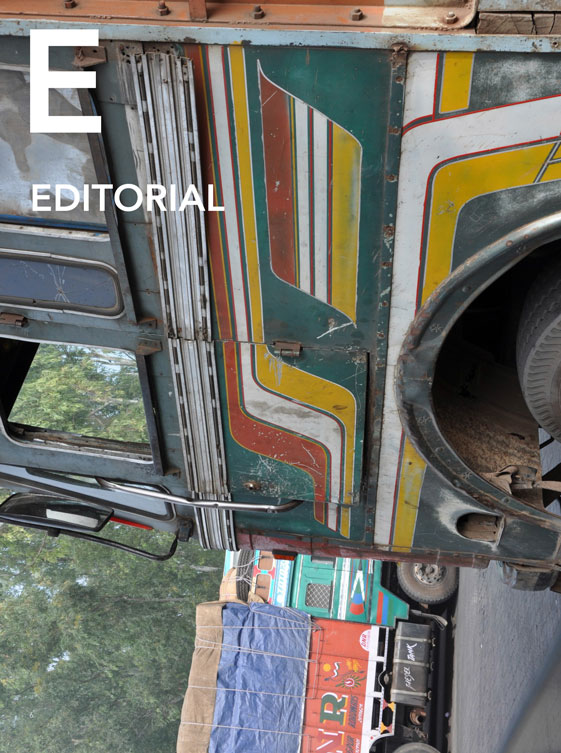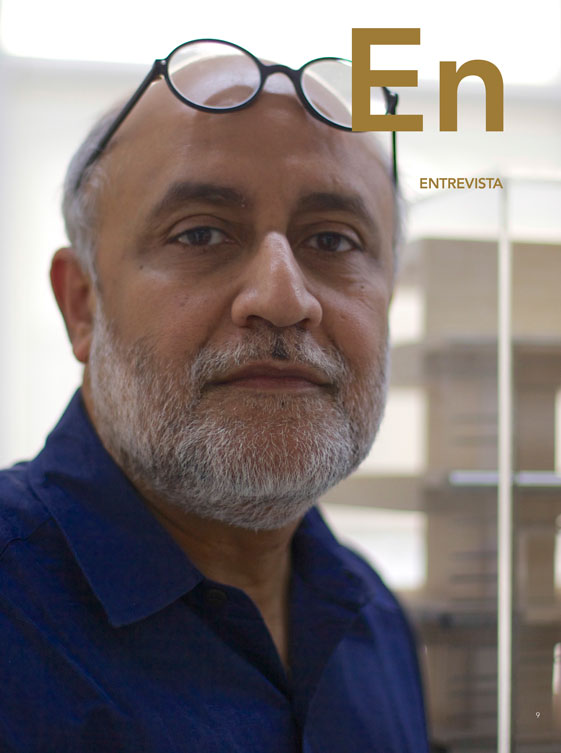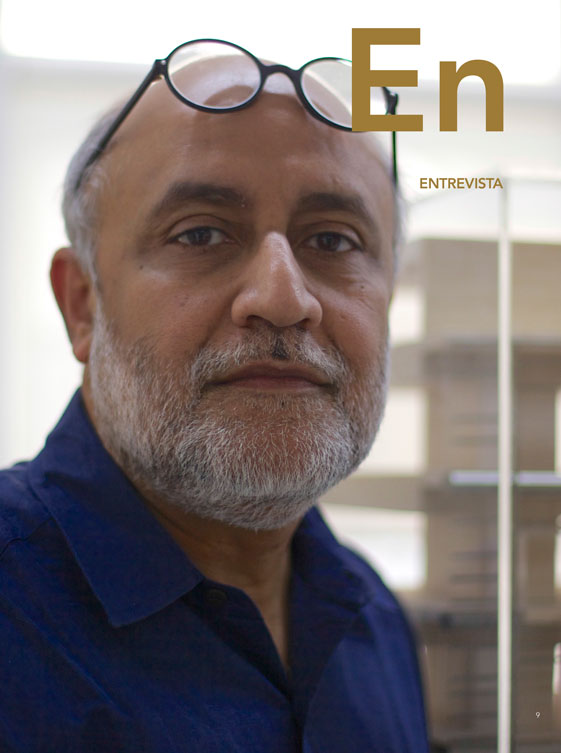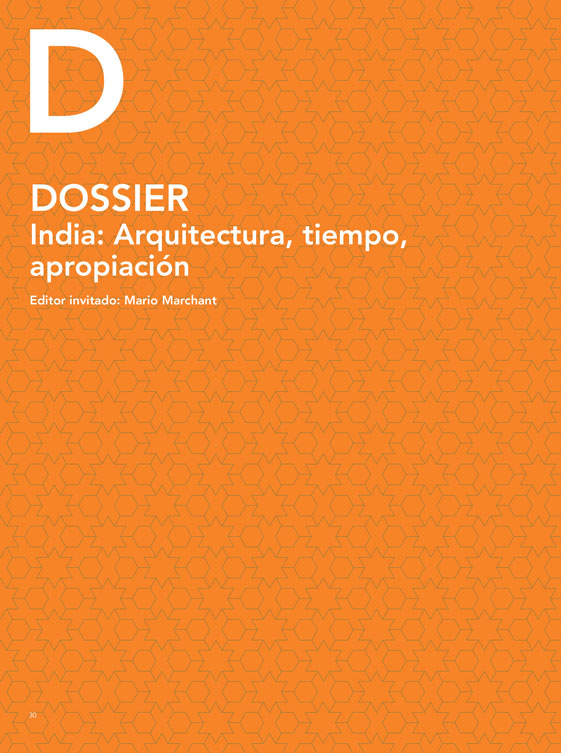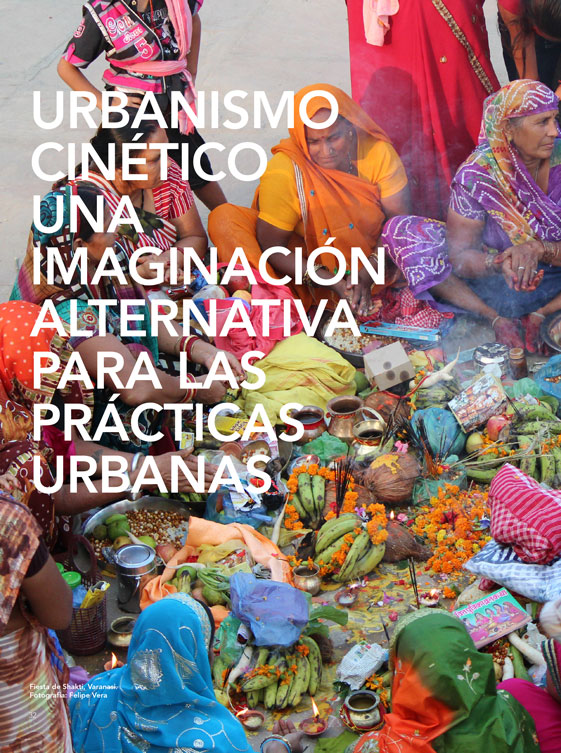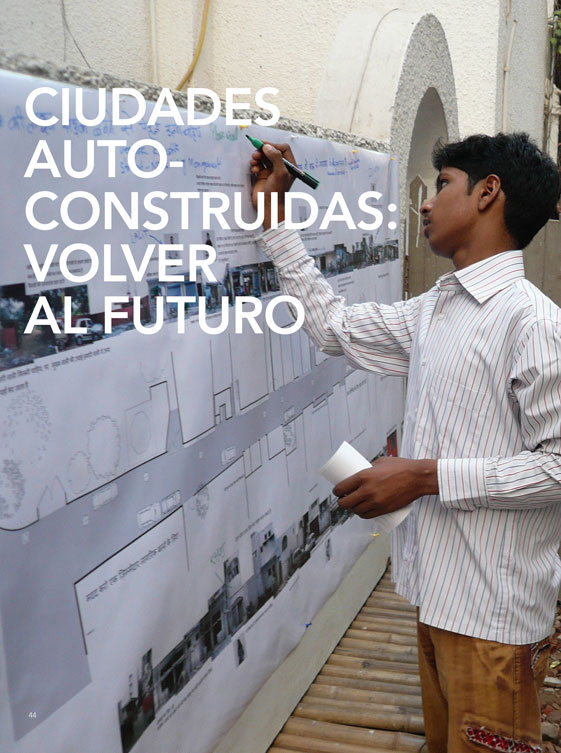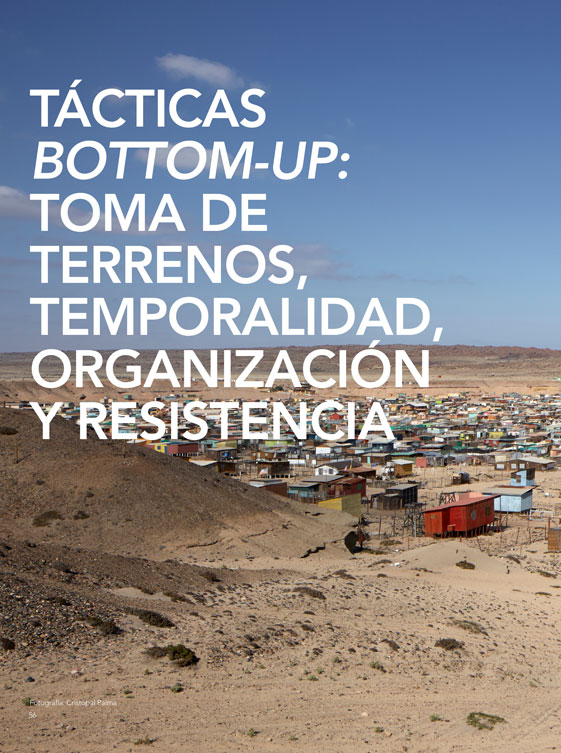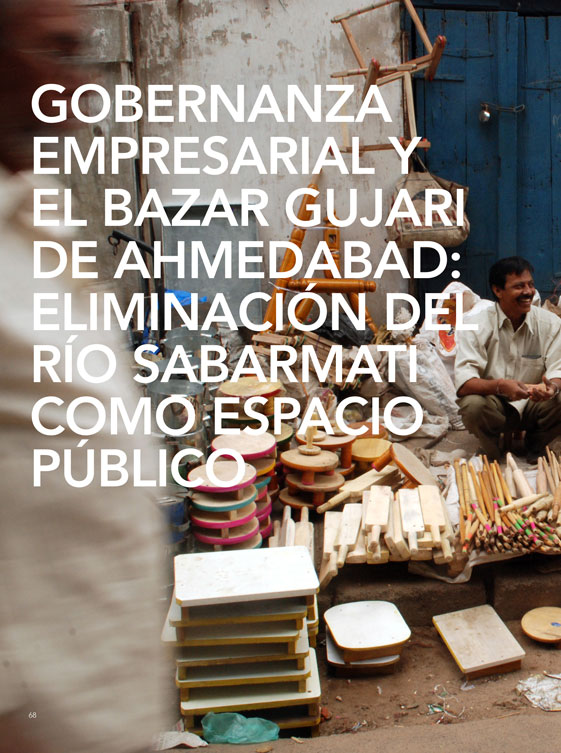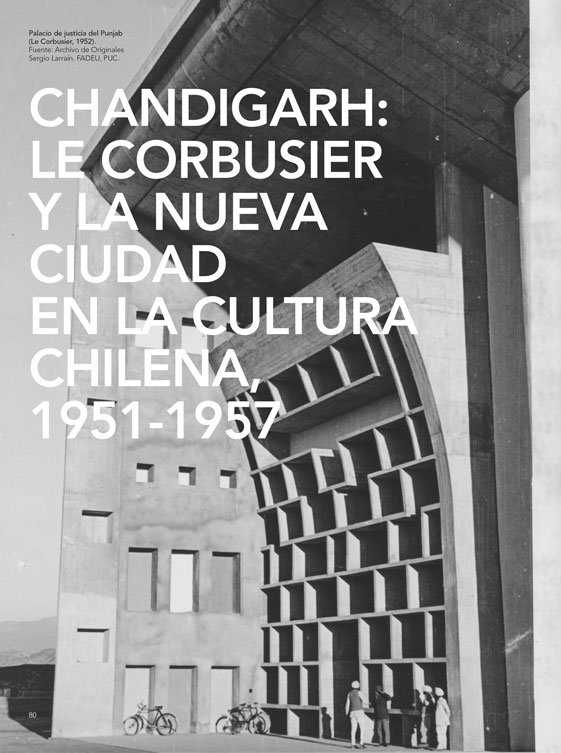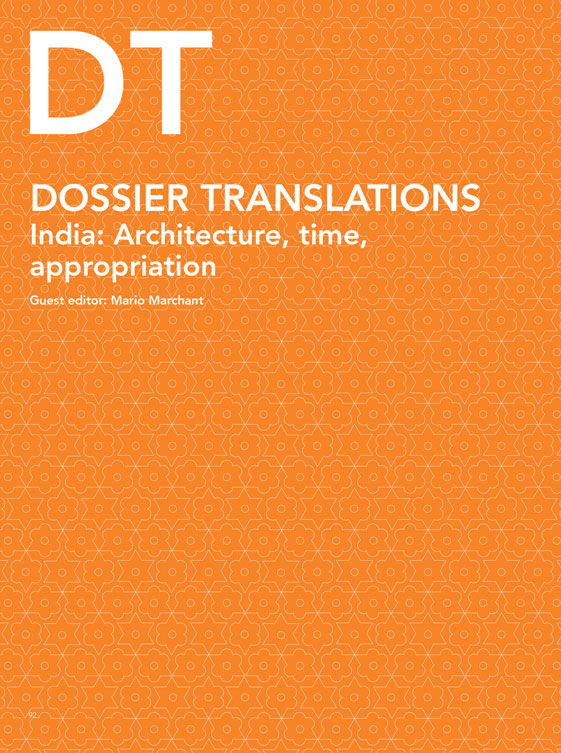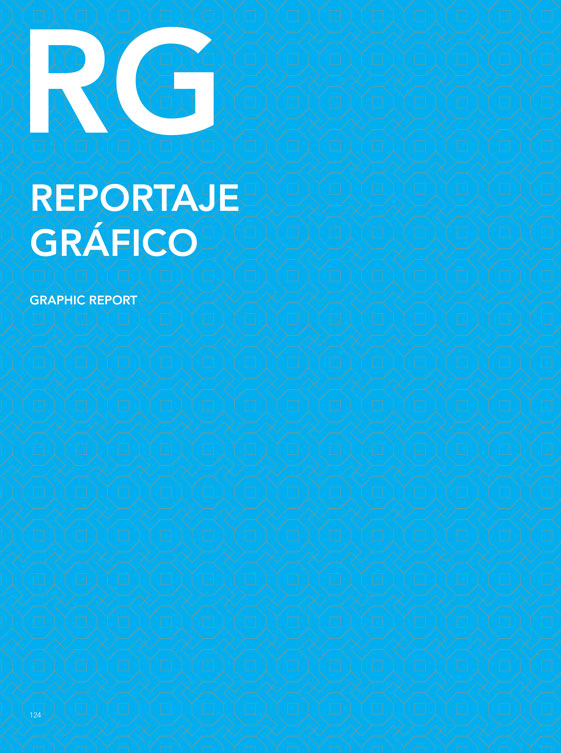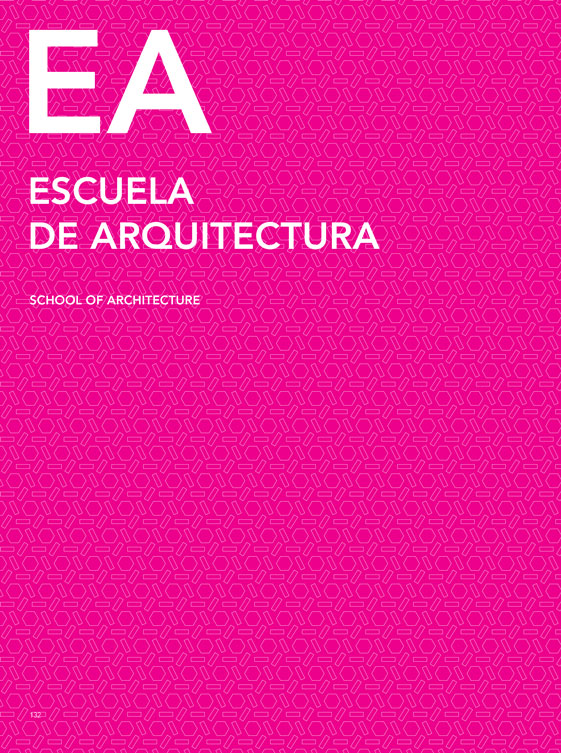
"India: architecture, time, appropriation" is the theme of this issue's dossier, conceived by Mario Marchant, who opens the publication with an interview with the Indian architect Rahul Mehrotra. In his article, Felipe Vera delves into Mehrotra's proposals on the kinetic city and the ephemeral fabrics of Indian cities. On the other hand, Matias Echanove and Rahul Srivastava, inspired by the ideas of F. C. Turner and the projects of B. V. Doshi and Charles Correa, analyze the attempts to improve slums and develop strategies for progressive construction in India. In the same vein, Rodrigo Tisi's work analyzes different "takes" through the lens of performance studies, emphasizing architecture as a tool for political communication. A critical point is made by Vineet Diwadkar, who examines the impact of the Sabarmati Riverfront Development Project (SRFDP) on the cultural history of the Sabarmati riverbed, a public space that has housed the Gujari Bazaar for 600 years and will soon disappear due to the effects of "urban corporate governance". Finally, Horacio Torrent presents a unique article on how two Chilean publications from the 1940s and 1950s covered the design and construction of Chandigarh. The issue closes with "Snap Shot", Albert Tidy's graphic reportage taken with his mobile phone, an unbiased record of a short and intense journey through Bombay, Chandigarh and Jaipur.
Editor Mario Marchant
Published: 2013-08-10
